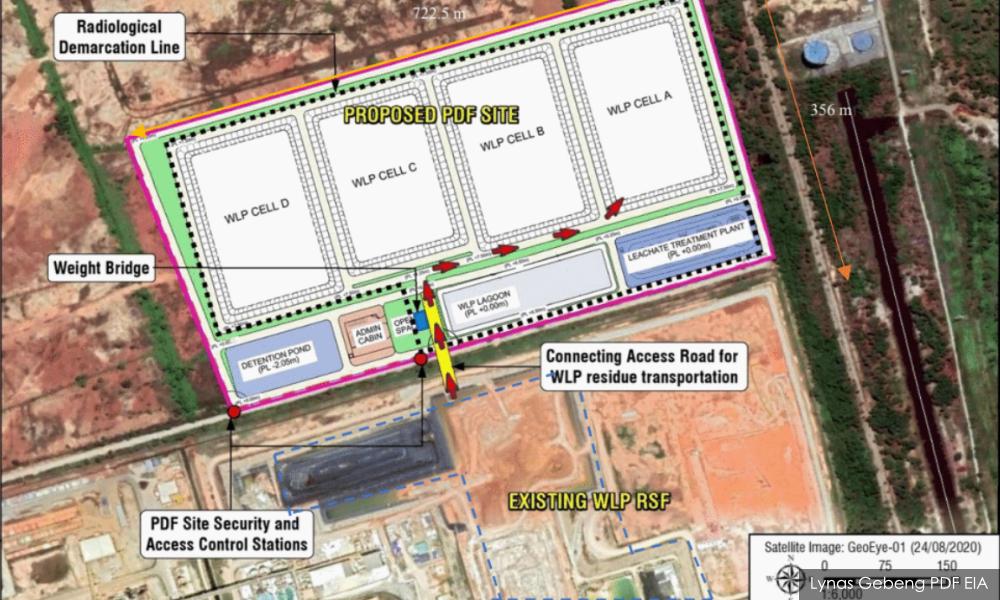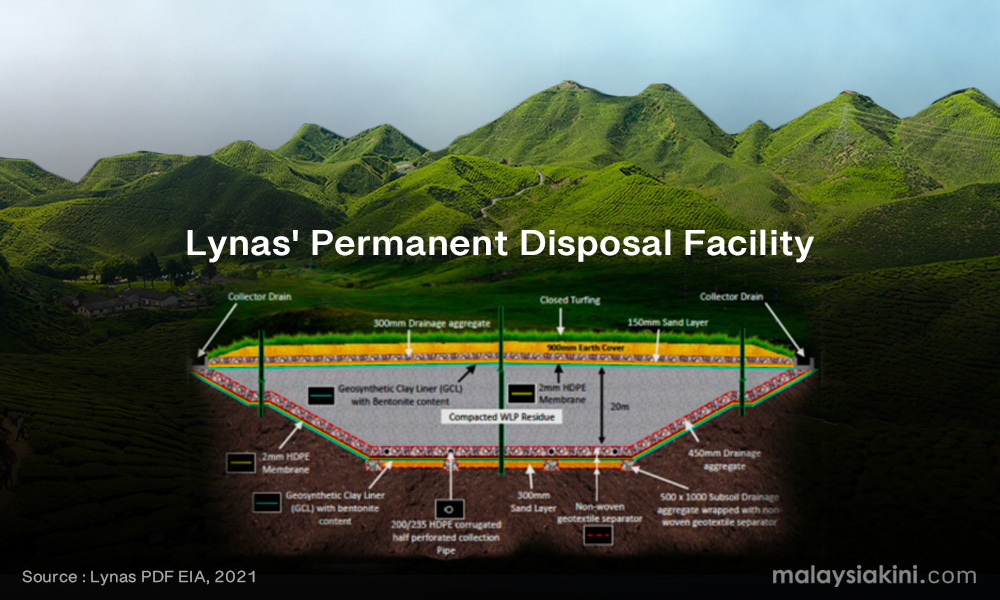
Pahang regent back as top shareholder in firm building Lynas PDF
Pahang Regent Tengku Hassanal Ibrahim Alam Shah has regained his stake in Gading Senggara Sdn Bhd (GSSB), making him the biggest shareholder, revealed a check with the Companies Commission of Malaysia (CCM).
GSSB is the main contractor for the planned construction of Lynas' permanent disposal facility (PDF) within the Gebeng Industrial Estate in Kuantan, Pahang, according to the environmental impact assessment (EIA) report.
Lynas' original plan was to build the PDF in Bukit Ketam, Mukim Kuala Kuantan but the EIA for this was rejected by the Department of Environment (DOE) in April.
GSSB was the project proponent for the Bukit Ketam PDF as well.
Tengku Hassanal, 26, is the son of Sultan Abdullah Sultan Ahmad Shah. He became the Pahang regent after his father succeeded Kelantan ruler Sultan Muhammad V as the Yang di-Pertuan Agong.
On Feb 17, Tengku Hassanal and Bentong Umno vice-chief Johari Harun, who is the second-biggest shareholder in GSSB, relinquished their respective stakes.
Their combined 90 percent stake was transferred to the firm's director Ahmad Radzi Zaini.
This came after Malaysiakini reported on the same day that Tengku Hassanal is the majority shareholder with a 50 percent stake.
However, GSSB updated its company profile on April 21, which showed that both Tengku Hassanal and Johari had regained their shares.
The CCM record, which was purchased on Sept 24, did not explain the reasons for this.
State govt's requirement
According to the EIA report on the Gebeng PDF project, the Pahang government played a vital role with regard to GSSB becoming the main contractor.
“Despite the Lynas Advanced Materials Plant (Lamp) having its own on-site waste disposal facility, it is prudent to have separate premises by an independent or different entity to manage waste.
“This is one of the requirements of the state government to ensure that all waste is responsibly accounted for and managed properly. Hence, the appointment of GSSB,” read the report.
The Center to Combat Corruption and Cronyism (C4) had previously questioned GSSB's expertise to develop the Lynas PDF.
This is because GSSB is a licensed scheduled waste operator, according to Lynas. However, its name was not found on DOE’s list of licensed companies.
C4 also revealed that in GSSB’s financial reports for the year ending June 2018, which was submitted two years late to CCM in May 2020, the company’s retained earnings appeared negative, it had no revenue and incurred a loss after tax.

The report stated that the proposed new site is located in the Gebeng Industrial Estate, on Lot 31375, which sits next to the Lamp.
Lot 31375 covers 28.33ha (70 acres), with 25.25ha of the area to be utilised for the project. The proposed project is estimated to be completed in 2026.
The EIA report revealed that Lot 31375 was private land that had been acquired by GSSB.
According to a letter dated Aug 12, the Pahang state secretary informed GSSB that the state exco meeting had agreed to reclaim (ambil balik) Lot 31375 and rent it to GSSB.
Malaysiakini has reached out to the Pahang royal family's office, the Pahang state government, GSSB and Lynas to seek their responses on this matter.
Sufficient capacity to store waste?
The previous plan for the Bukit Ketam PDF covered 58.25ha. This included two large storage cells with a capacity of 1.35 million cubic metres or equivalent to 540 Olympic swimming pools to house the radioactive water leach purification (WLP) residue.
However, under the new PDF project in Gebeng, four storage cells would be constructed, but the total capacity has decreased by 18 percent to 1.10 million cubic metres.
This has raised concerns about insufficient space for waste storage.

Previous plan for the Bukit Ketam PDF which was nixed after EIA report
According to the terms of reference (TOR) for the EIA, Sahabat Alam Malaysia (SAM) has requested the EIA to justify and discuss in detail if the new proposed site has sufficient capacity to cater for the 1.53 million metric tonnes of WLP residue.
The report did not explain the concern in detail but merely provided a graph to show the capacity and volume of each storage cell and a WLP lagoon. The report estimated that by June 2023, Lynas would have accumulated 1.10 million cubic metres of WLP.
The EIA report was published by the DOE on Oct 12 and was prepared by consulting firm Dr Nik & Associates Sdn Bhd.
The public can view the EIA report until Nov 10 while the deadline for feedback is Nov 25.
Last month, Science, Technology and Innovation Minister Dr Adham Baba confirmed that the government granted Lynas an extension to build the PDF by March 2022.
In other words, GSSB needs to get the authorities' nod and to complete the construction in the next five months.
This is the second time the government has granted an extension for the Australian rare earth miner to construct a PDF.
your support
No comments:
Post a Comment